Bailiffscourt hotel review: I can't believe it's not medieval
Take a look at Bailiffscourt and you'd think it dated back to the 14th century, yet it's a painstakingly-recreated facsimile that was the brainchild of the Guinness family. Toby Keel paid a visit.
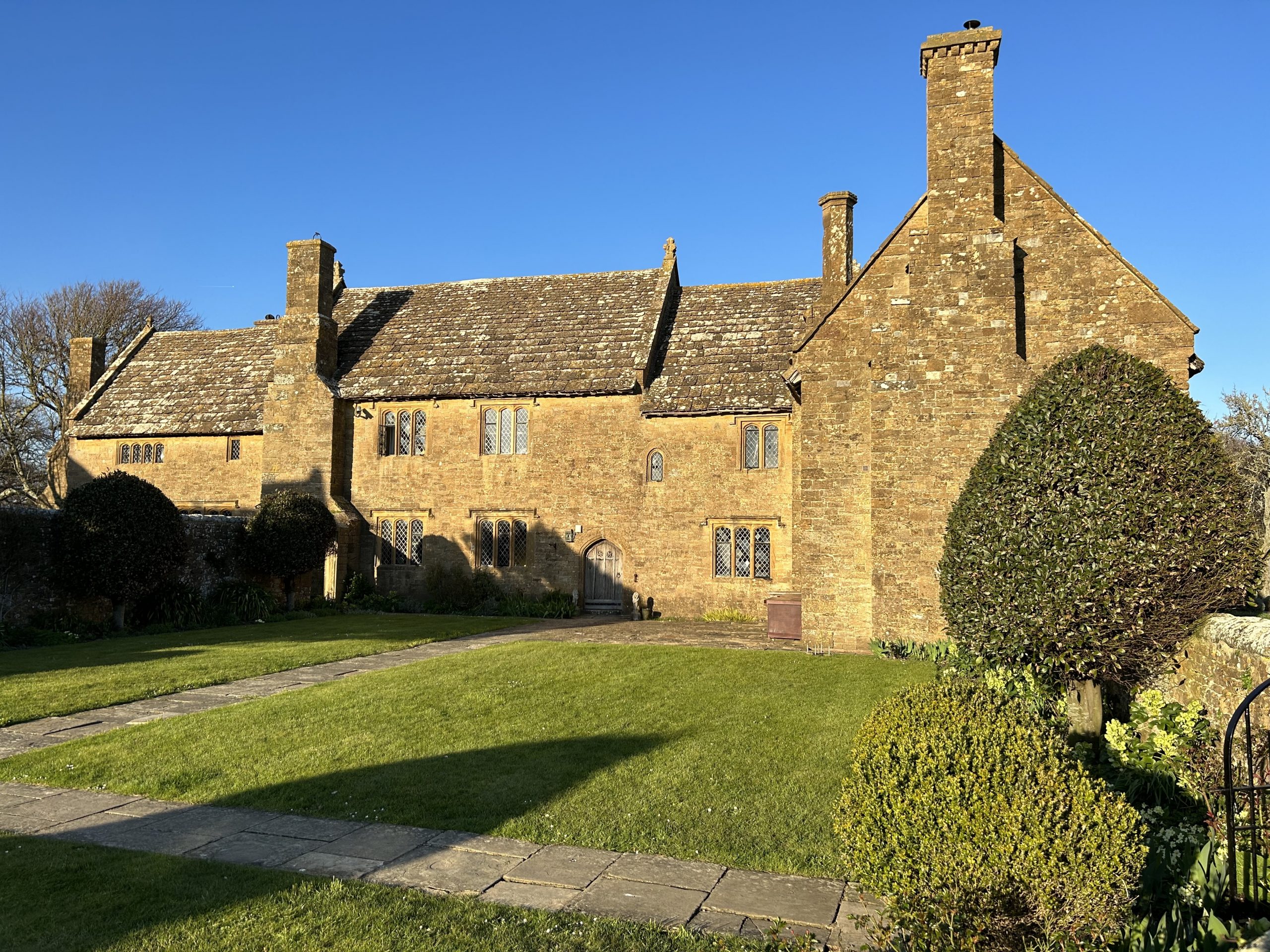
When bathed in sunshine, surrounded by gardens bursting into life in Spring, Bailiffscourt gives the impression of being a slice of medieval heaven on the south coast of England. It also gives the impression of having been here for hundreds of years, such is the ancient charm on display: the main buildings hewn from the sort of golden stone you more often associate with Cotswolds villages than the heart of Sussex, with tiny, intricate windows in the rooms, and heavy, wooden doors through which to enter.
The reality is rather different: while there have been buildings on this spot for many centuries, Bailiffscourt as it stands today is at its core a creation of the 1920s and 1930s, when the Guinness family owned the land, demolished what was left here before, and using reclaimed timber and masonry created a fantasy retreat that's only marginally more medieval than Disneyland.
Yet despite knowing that — indeed, perhaps because of its creation story — we were completely taken with this wonderful spot. The Guinnesses were apparently inspired by the genuine 13th century chapel next door, and commissioned an antiquarian named Amyas Phillips (in what was his sole architectural project) to build Bailiffscourt. Walter Guinness (aka Lord Moyne) and his wife Lady Moyne entertained the great and the good here during the 1930s, but it's been a hotel since the 1940s, and was refurbished extensively in the 1990s.
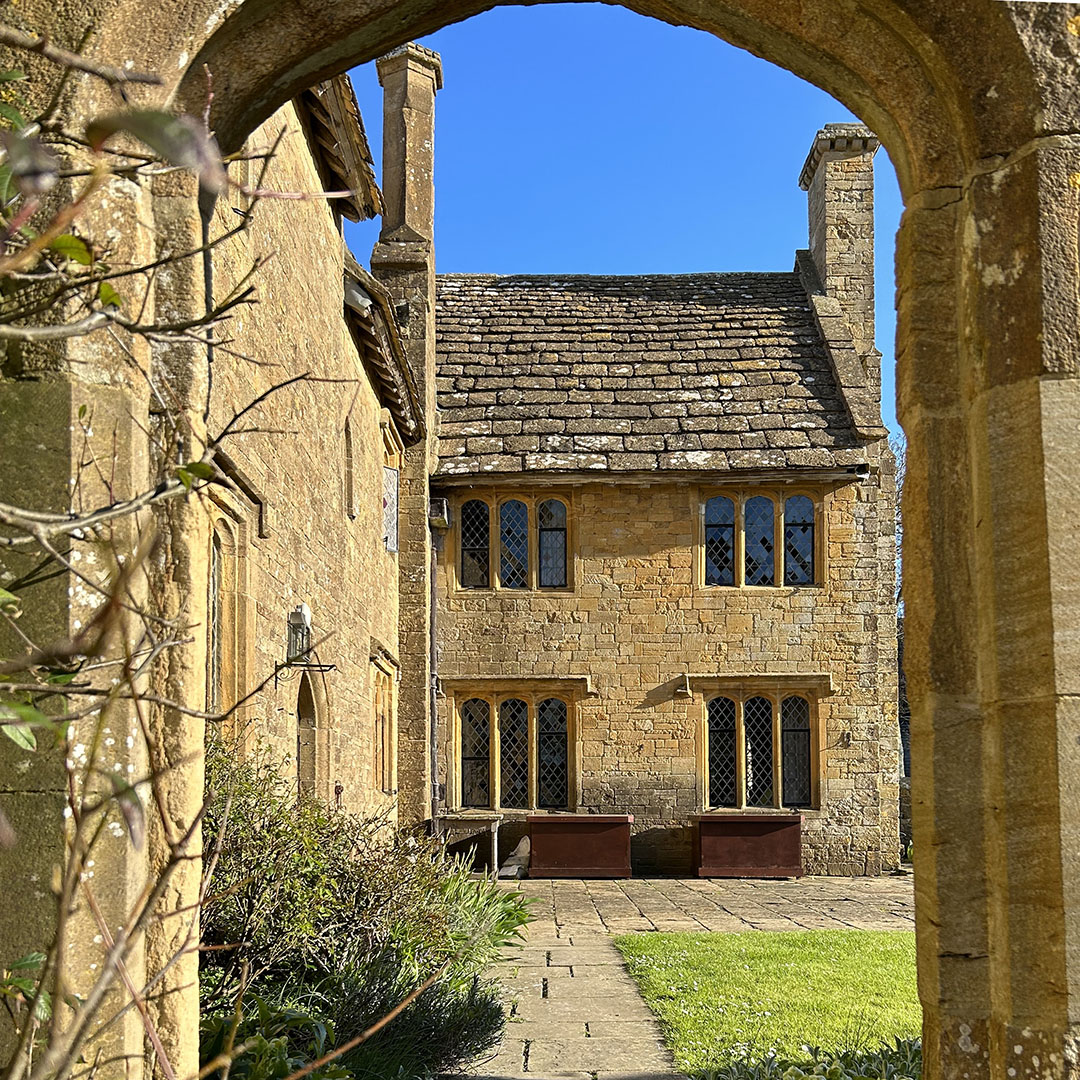
That hard work has paid off: in its current incarnation — as part of a trio of delightful Sussex hotels owned by the same people, which also includes the Spread Eagle in Midhurst and Ockenden Manor in Cuckfield — it's an intoxicating mixture of old school charm and luxury living.
The rooms
It’s usually easy enough when speaking about hotels to talk about ‘the rooms’ as if they’re members of a football team, showing individual variations but each one essentially donning the same kit. The rooms at Bailiffscourt, though, defy such easy generalities: they’re tucked away down stone-floored corridors and up rickety staircases, hiding behind ancient, creaking doors. Layouts, décor and pretty much everything varies enormously. Some double-down on the medieval character that infuses the rest of the building, with four-poster beds, leaded windows, open fires and oak panelling.
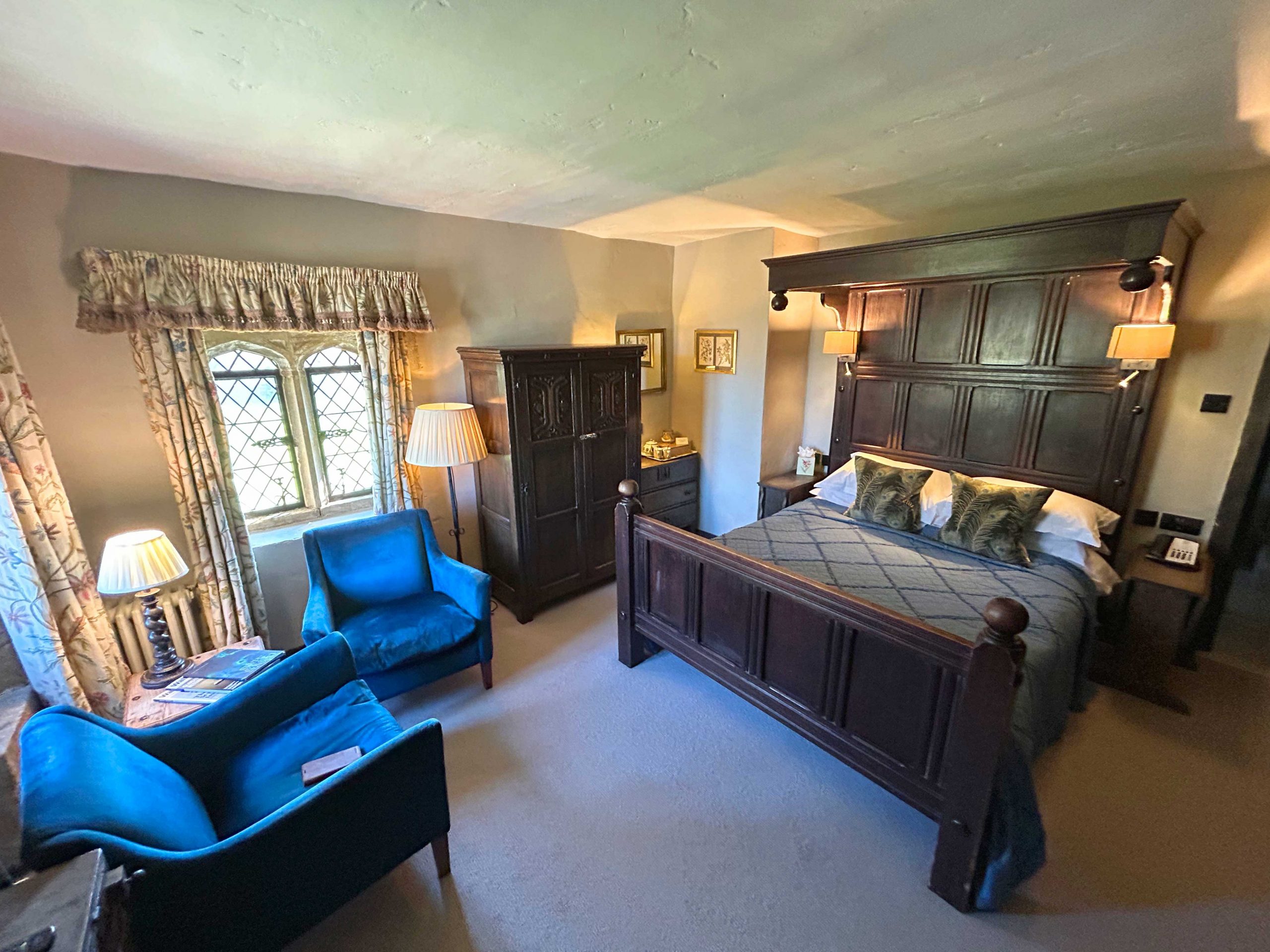
Others, such as the Climping rooms in the hotel’s newer buildings, have elegant contemporary styling. Top of the pile, though, is the cavernous Baylies suite, with its vaulted ceiling, enormous bed, plush sofas, wood-burning stoves and a double-bath in the en-suite.
Eating and drinking
What’s better than a superb meal? A superb meal served in beautiful surroundings, and Bailiffscourt shines on this score with a main restaurant room that offers the same medieval charm as the rest of the building. The dinner menu is mostly made up of solid classics — those keen to stick with scallops as a starter and steak as a main will be happy — but there are a few curveballs, such as mini ham, egg and chips served as a starter (with sliced pancetta and Jerusalem artichoke puree) and a wonderfully tasty squash Wellington.
Sign up for the Country Life Newsletter
Exquisite houses, the beauty of Nature, and how to get the most from your life, straight to your inbox.
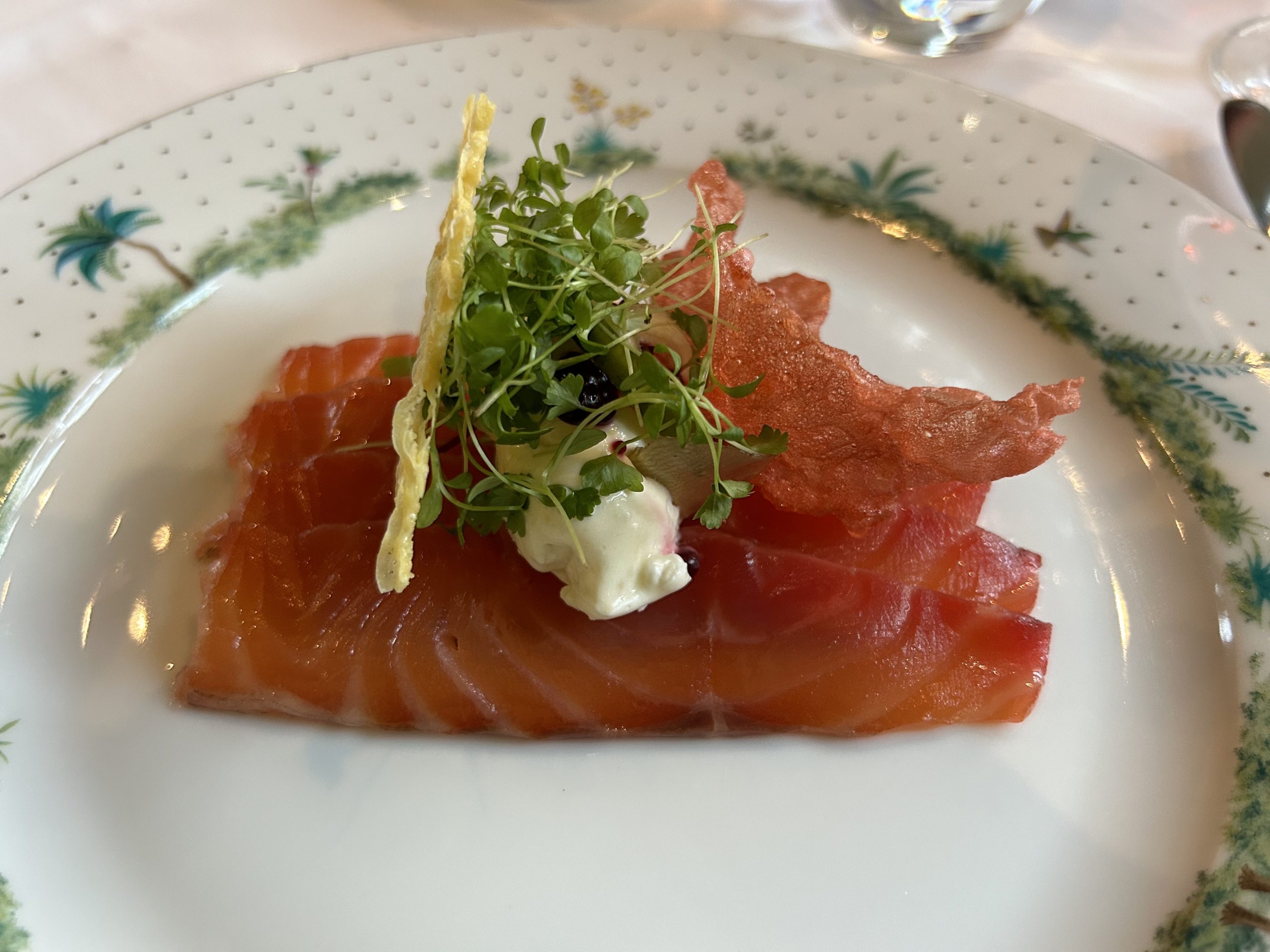
The latter was superb, as were the puddings, though not all the experiments work quite so well: the triple-cooked chips served with the aforementioned starter felt like probably needed a fourth cooking. Breakfast, meanwhile, was excellent, with one of the best continental buffets we’ve seen in a long time and a good range of cooked options delivered perfectly.
Also worth a mention is afternoon tea: we didn’t get a chance to try it, but the opportunity to enjoy it while in the hotel’s gardens or absolutely gorgeous communal areas looked wonderful.
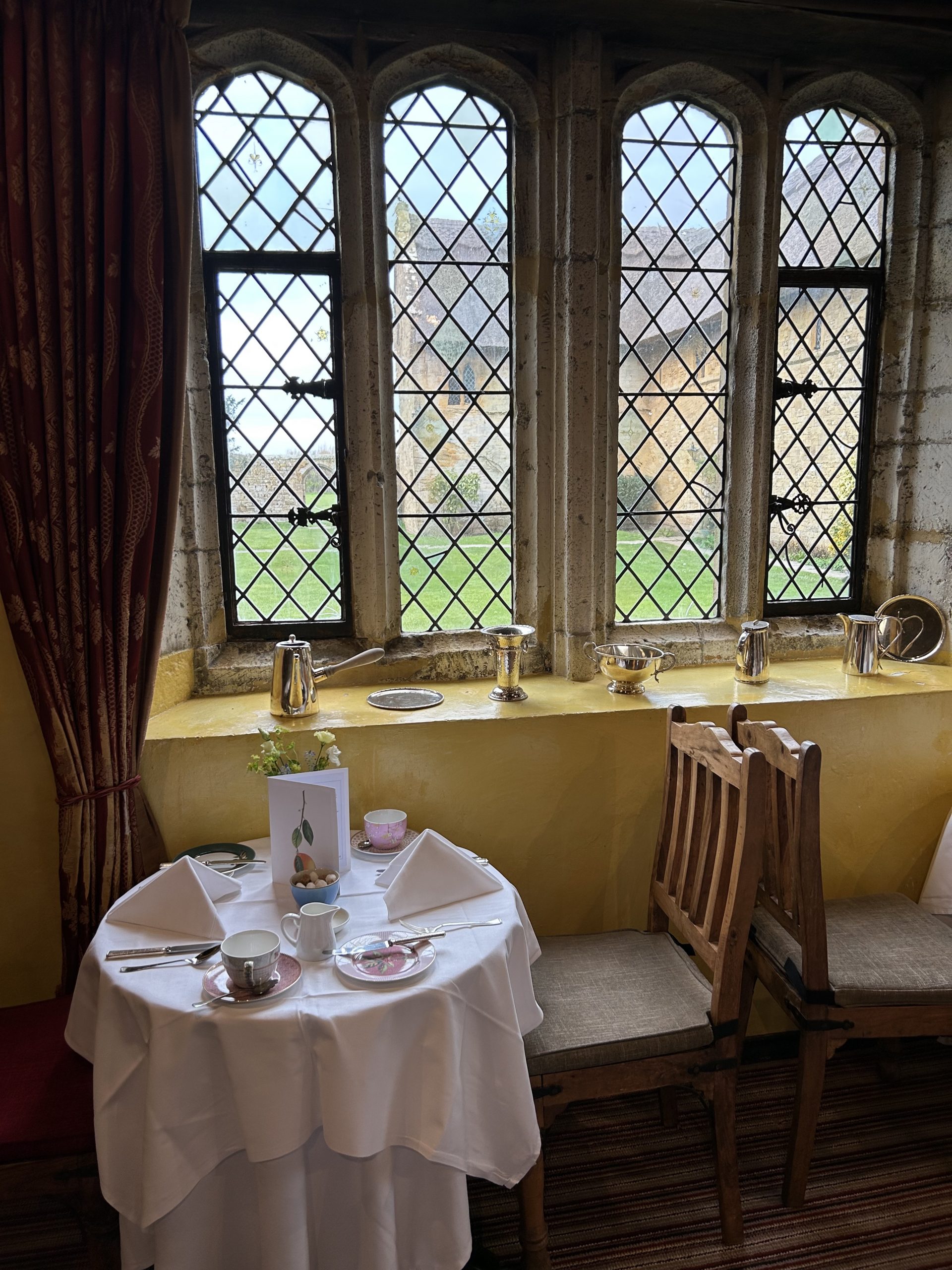
How they’ll keep you busy
Before heading to Bailiffscourt we’d read the claim on the website claiming that they have ‘one of the most beautiful spas in the south of England’ — and, naturally, taken it with a pinch of salt. Arriving, though, it’s clear it hasn’t been oversold: this truly charming timber-framed building has all the usual treatment facilities you’d expect, but also both indoor and outdoor pools (the latter with a hot tub) that are encircled by gardens and woodland which offer both natural beauty and privacy.
Friendly and attentive staff (a notable plus of the entire hotel) potter back and forth offering to bring complimentary drinks to you as you dip in the pool, laze on a lounger or chat in the tub. A wonderful way to spend an hour or two — and, sensibly, the child-friendly times are time-limited for those keen to have a quiet swim.
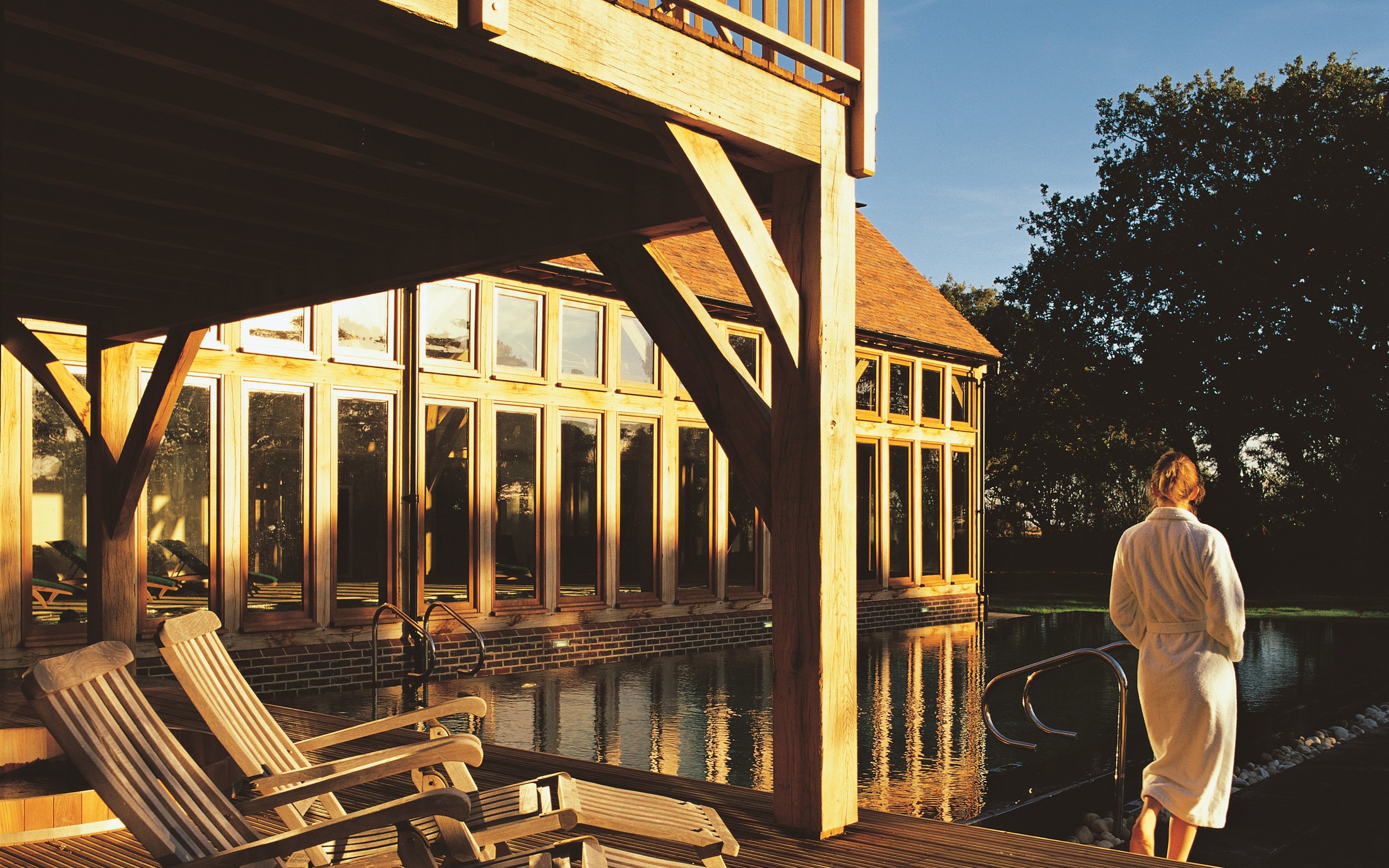
All that said, you could spend a few days here without visiting the spa once and have a delightfully relaxing stay simply pottering through the 30 acres of gardens and grounds. You could lose hours wandering through the woodland, playing tennis or croquet, taking a look at the 13th century chapel and discovering the architectural anomalies — including a staircase to nowhere at the side of one building — that give it such character and charm.
Indoors, the maze of rooms that you’re free to use and explore make it feel like visiting a well-heeled friend-of-a-friend who owns a cavernous country house and has let you have the run of the place. Settle down with a paper here, play a few board games there, or see if you can find the basement games room with its pool table.
What else to do while you’re there
The pools mentioned above are great but for water that contains salt rather than chlorine, Climping Beach adjoins the hotel, and is accessed via a five-minute stroll along a wooded footpath. Don’t expect buckets and spades, let alone any other facilities: the beach is enormous, but this part of the south coast is quiet, remote and unspoilt. Visit when the tide is out for a brisk walk on the expanse of sand, and see what you can spot in the tidepools left behind by the retreating sea.
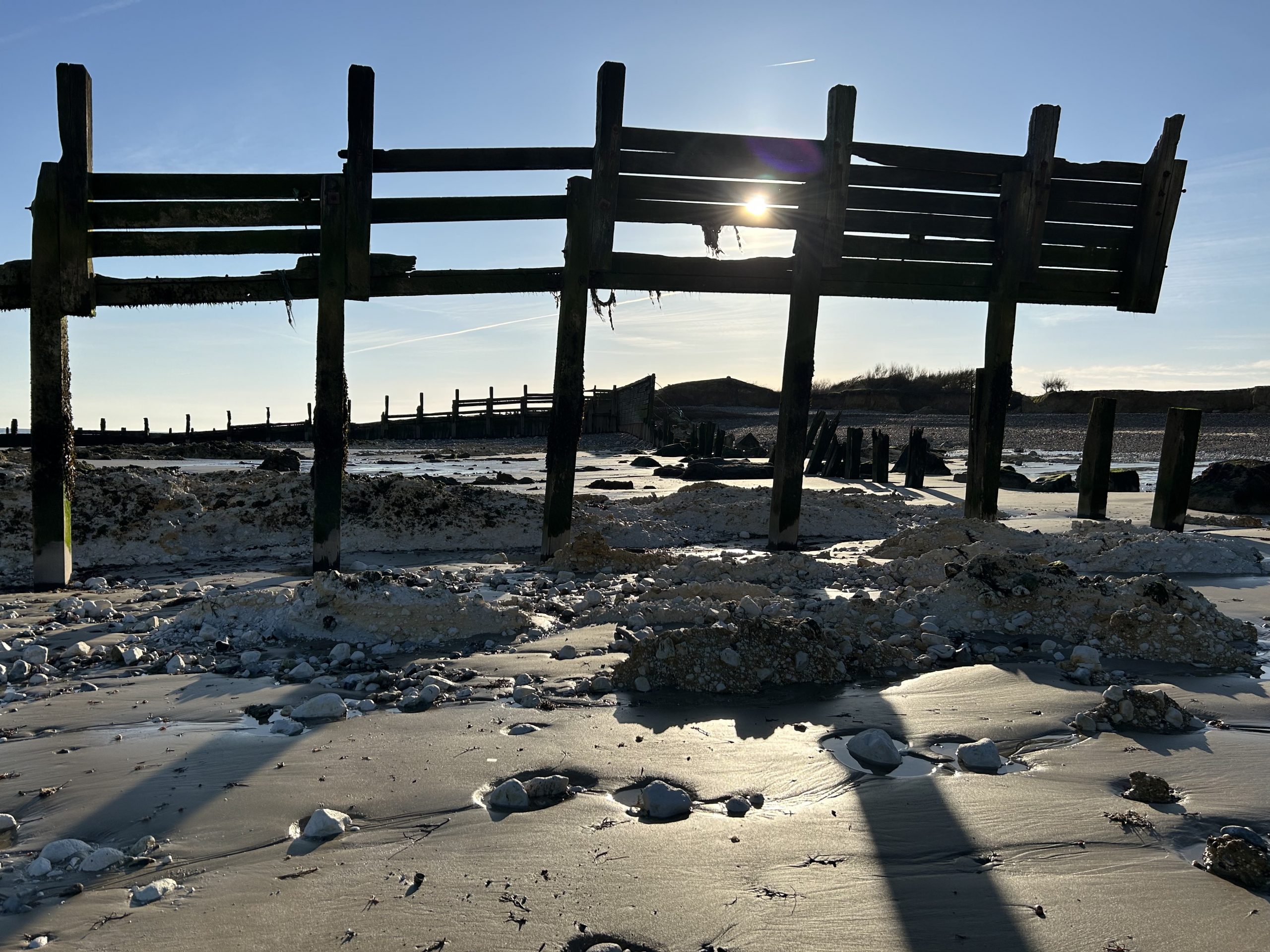
Head inland from the hotel on main road out — which runs past Ford Open Prison, Jeffrey Archer’s former place of residence —and within a few minutes you’ll find yourself in Arundel. The castle, the river, the cathedral, the Wildfowl & Wetland centre, the museum and the collection of quirky shops and cafes make this an absolutely unmissable stop for any visitor to West Sussex. If you’re there with kids, Littlehampton and Bognor Regis are both nearby with traditional seaside amusements; for true 1980s nostalgia, the latter even has a Butlins.
Who is it for?
Those looking to spend a few days unwinding and unplugging from modern life in a charming, relaxing setting with a smashing, friendly team of staff. Families and couples alike will find exactly as much — or as little — as they want, and plenty of space to do it in. If you’re after a bustling, exciting trip, look elsewhere.
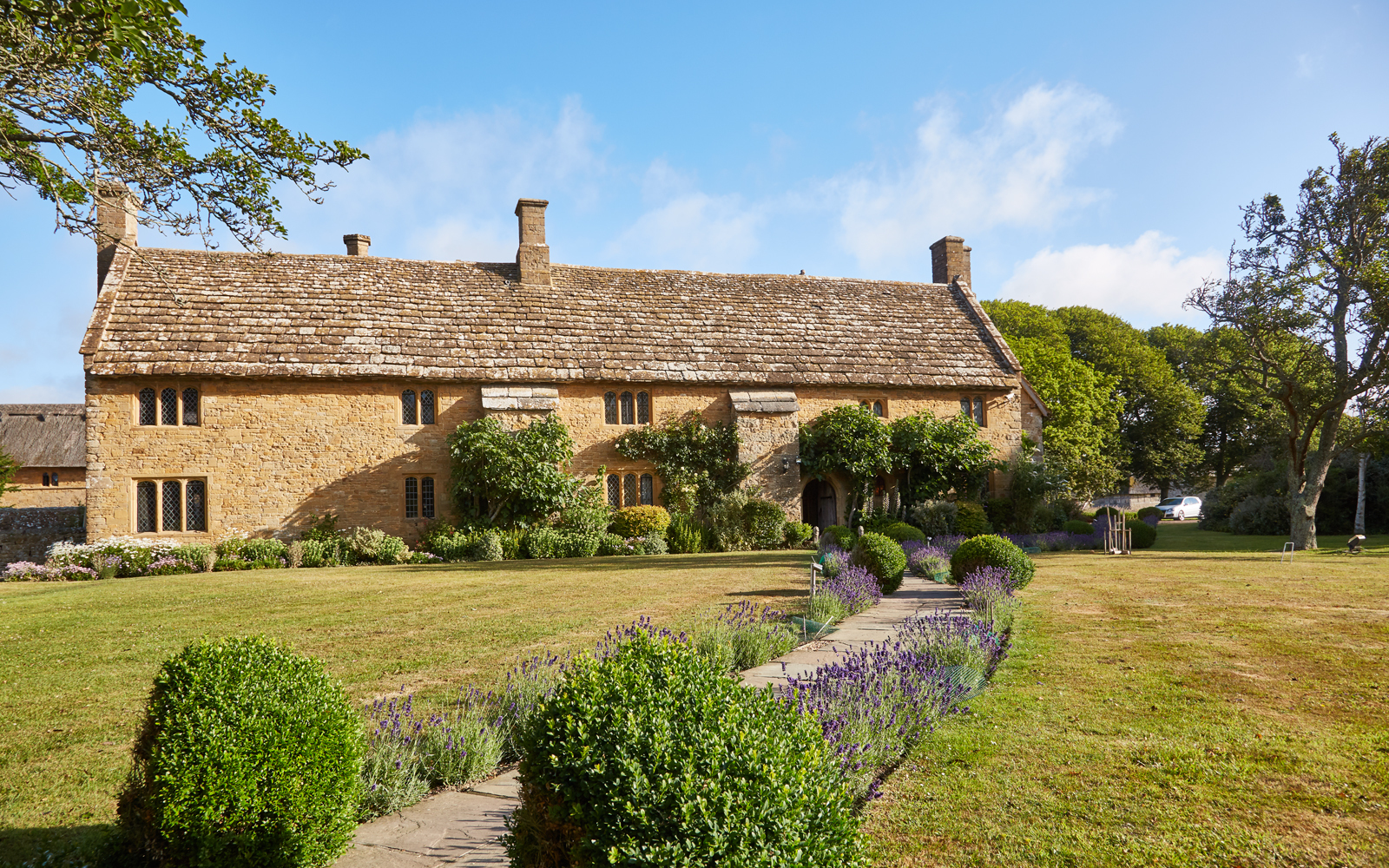
What gives it the ‘wow’ factor?
Without doubt, the astonishing job that’s been done bringing such a convincing feel to the recreated architecture and interiors of the buildings. You’d genuinely never guess that you weren’t staying in a place that was only erected a century ago.
Oh yes — and also the afternoons spent in the sunshine at the outdoor pool.
The one thing that we’d change
Thick walls and tiny leaded windows make for dark, cosy rooms that are great in the cooler months, but don’t come in summer expecting a bright, airy space of your own. We visited in Spring before the heat of summer hit.
Rooms at Bailiffscourt start at £325; four-poster feature rooms from £480; Baylies suite from £650. Book at hshotels.co.uk/bailiffscourt
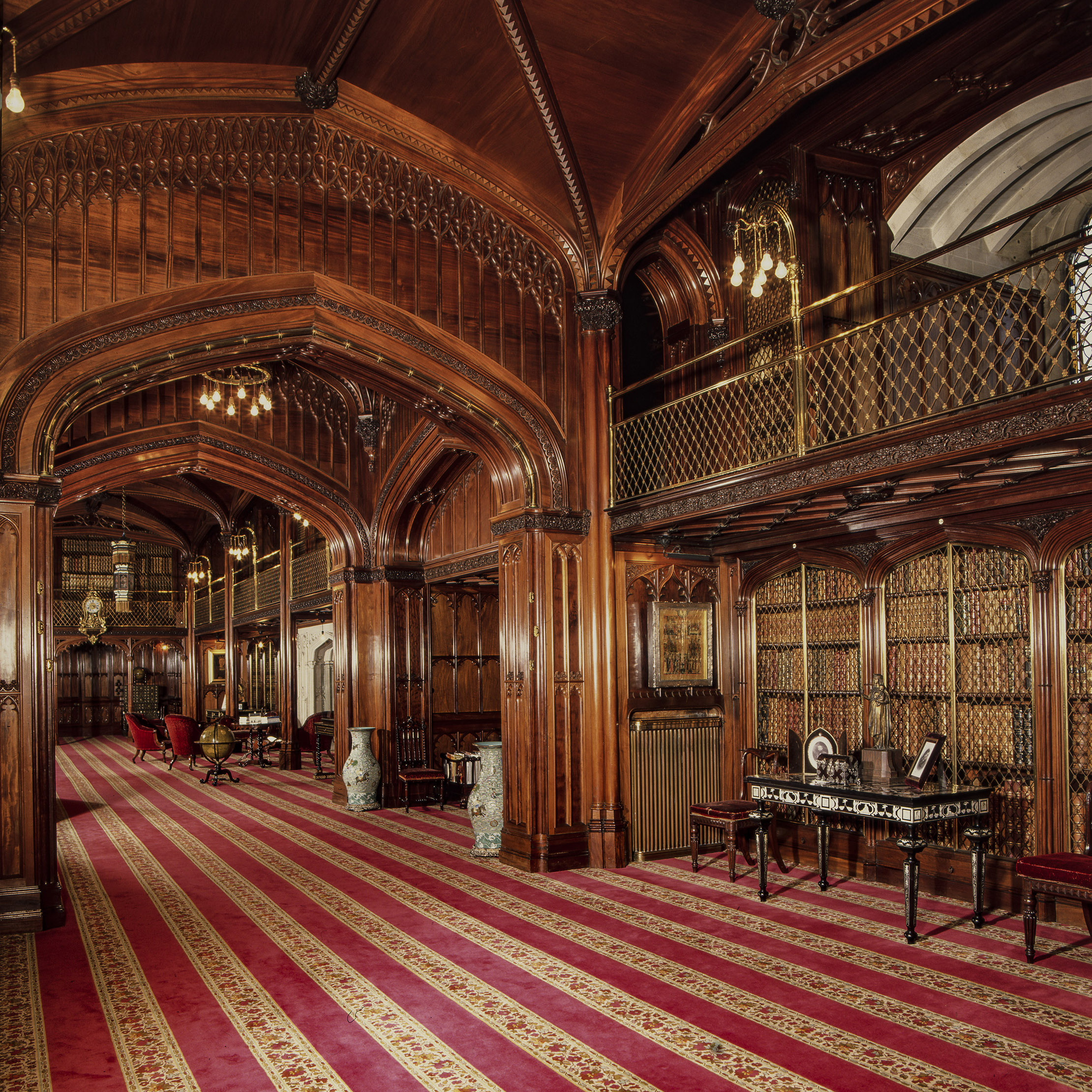
The Library at Arundel Castle, the glorious centrepiece of one of Britain's most brilliantly restored buildings
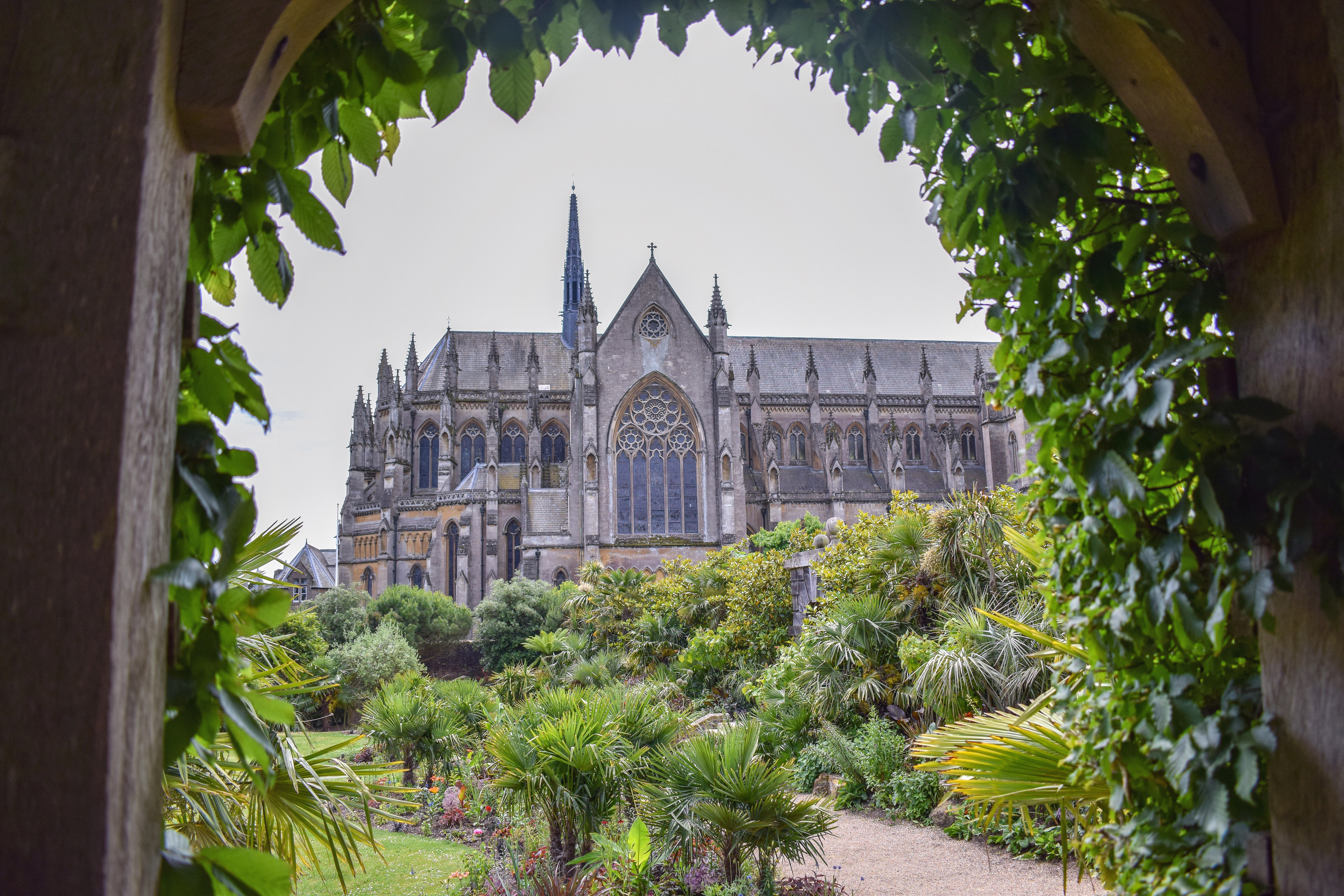
Arundel Castle Gardens: 'Sometimes, a garden catches you unawares... the thought keeps recurring: I’ve never seen anything like this before.'
Tiffany Daneff visits Arundel Castle Gardens, sitting in the shadow of the castle and the cathedral at this beautiful West
Toby Keel is Country Life's Digital Director, and has been running the website and social media channels since 2016. A former sports journalist, he writes about property, cars, lifestyle, travel, nature.
-
 Two quick and easy seasonal asparagus recipes to try this Easter Weekend
Two quick and easy seasonal asparagus recipes to try this Easter WeekendAsparagus has royal roots — it was once a favourite of Madame de Pompadour.
By Melanie Johnson
-
 Sip tea and laugh at your neighbours in this seaside Norfolk home with a watchtower
Sip tea and laugh at your neighbours in this seaside Norfolk home with a watchtowerOn Cliff Hill in Gorleston, one home is taller than all the others. It could be yours.
By James Fisher
